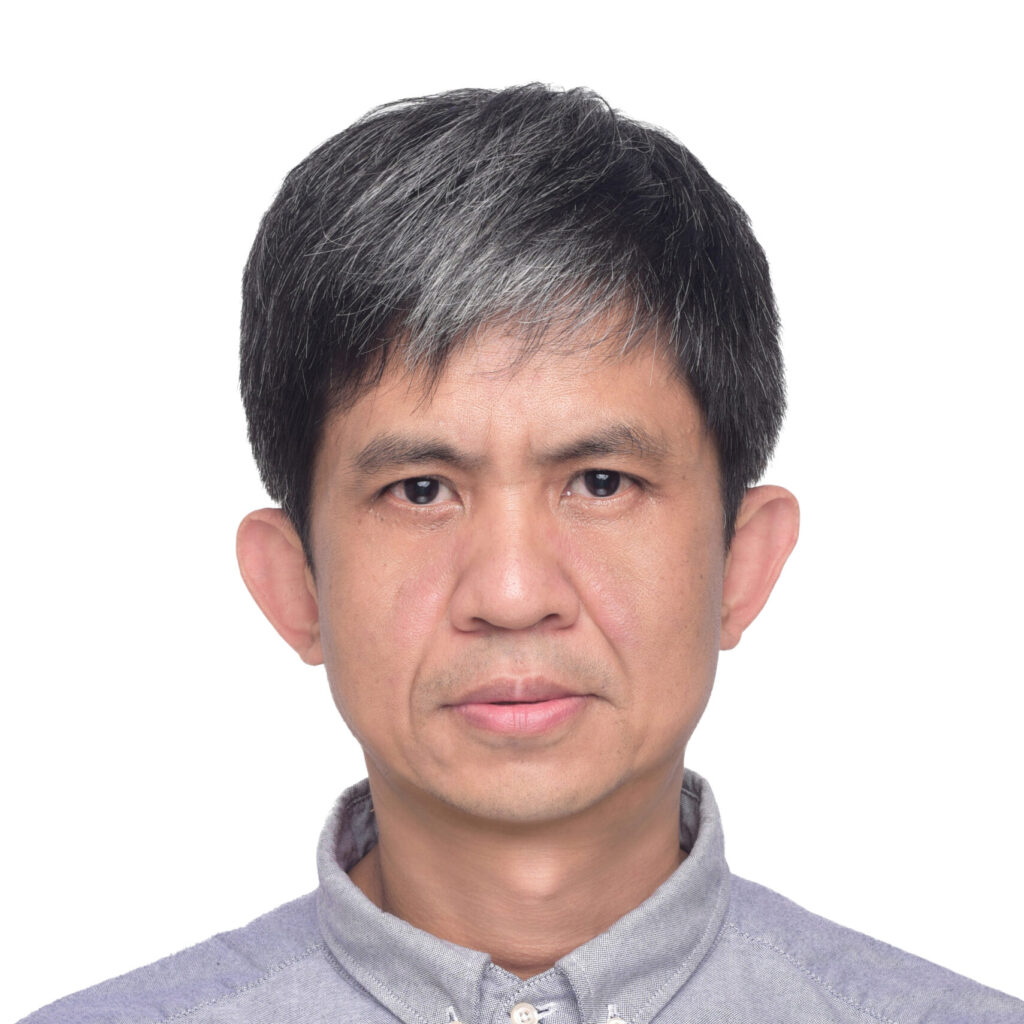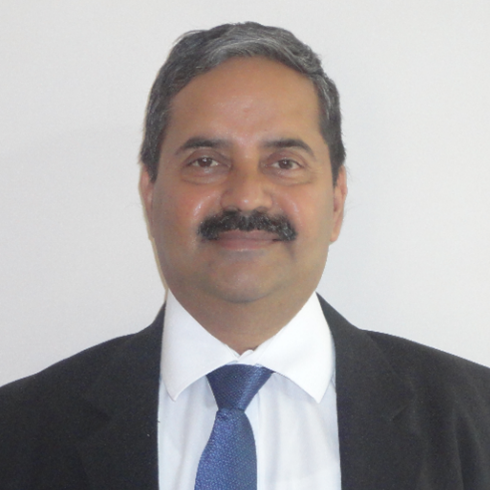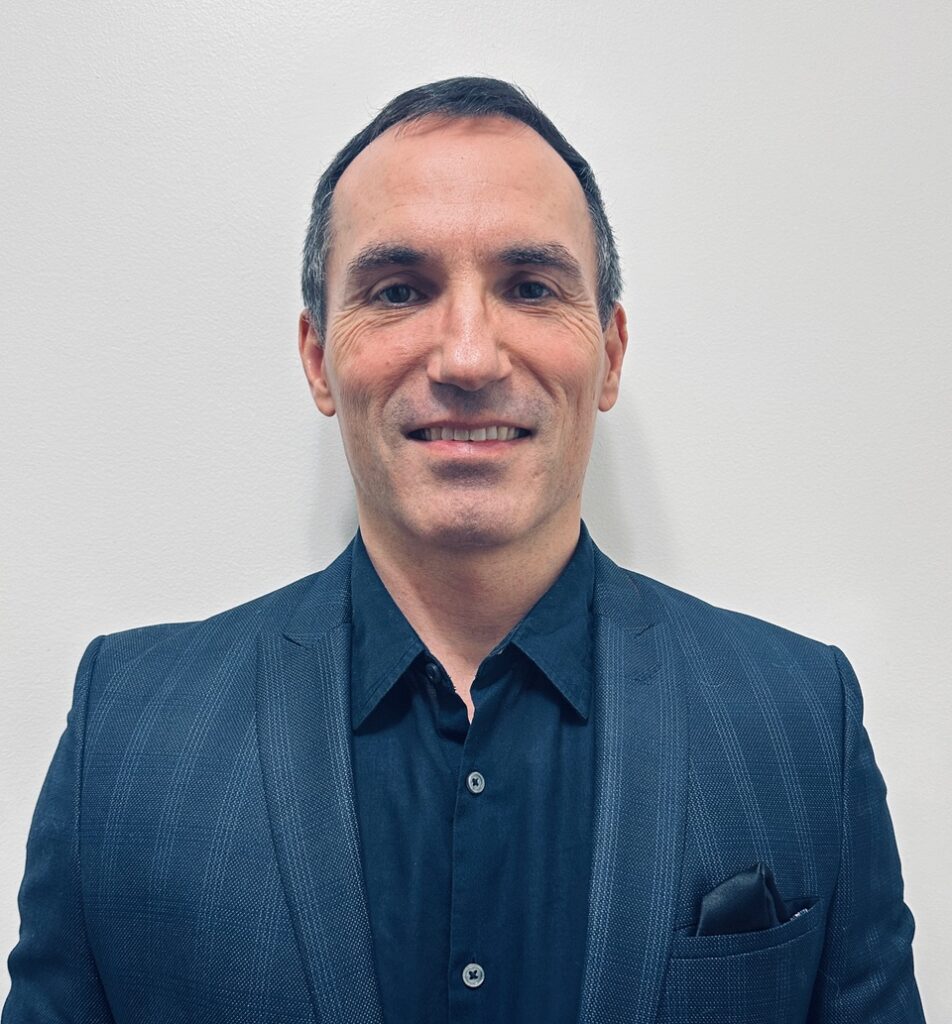 Prestigious highway and airport projects will occupy the Greek geosynthetics industry over the coming years. Ioannis N. Markou, Vice President of the Greek Chapter of the IGS, known as the Hellenic Geosynthetics Society (HGS), shares his thoughts on behalf of the chapter.
Prestigious highway and airport projects will occupy the Greek geosynthetics industry over the coming years. Ioannis N. Markou, Vice President of the Greek Chapter of the IGS, known as the Hellenic Geosynthetics Society (HGS), shares his thoughts on behalf of the chapter.
When was your chapter formed?
HGS was formed on October 10, 2005, with 71 founding members.
How many members do you have?
We have 27 individual members and one corporate member, Thrace NG.
Tell us about the range of your members?
HGS members are involved in teaching and research in universities, the design and construction of Civil Engineering projects and the marketing and manufacturing of geosynthetics. The age range is 30 to 85 years. Many members work with private companies with large budgets of €1-2 million per year.
Our only corporate member, Thrace Nonwovens & Geosynthetics S.A. (Thrace NG) was established in 2010. It carries out all the technical fabrics activities of Thrace Plastics, which was originally founded in 1979. Today, Thrace NG is producing polypropylene technical fabrics and yarns/fibers.
What are you proud of in the chapter?
HGS organizes one geosynthetics-related event per year. Two very successful examples of this were:
- Geotechnical Applications of Geosynthetics, Athens, 2007
- Geosynthetics in Civil Engineering Works, Xanthi, 2017
We are planning to organize another seminar, probably in Autumn 2020 or later, all dependent on the Covid-19 situation.
How would you describe the level of adoption and understanding about geosynthetics in your region?
The level of adoption in applications and manufacturing is satisfactory; geosynthetics have already been used in numerous projects and are also produced in Greece.
Where are the areas of most opportunity?
Large infrastructure projects and environmental applications are always promising areas for geosynthetics. In Greece, for the coming years new highways are planned (VOAC, E65, Apion Kleos) and airports (International airport of Kasteli, Crete).
Where is the geosynthetics manufacturing industry concentrated in your region?
The geosynthetics manufacturing factory of Thrace NG (corporate member of HGS) is located in Thrace, near the city of Xanthi (north-eastern part of Greece). Plastika Kritis is another geosynthetics company, specializing in the production of geomembranes, located in Iraklion, Crete (southern Greece).
What type of products have good adoption?
Almost all basic types of products (e.g. geotextiles, geogrids, geomembranes, GCLs, drainage geocomposites) have good adoption in Greece. Those with less adoption include electrokinetic geotextiles, geoenvironmental protection geosynthetics and erosion protection [geotextile tubes].
Are there any notable projects in the region that have used geosynthetics?
“Geosynthetics have been used in almost all large infrastructure projects (e.g. the Egnatia Odos, E65 motorway) and in many landfills in Greece.”
Read more about IGS Chapters around the world including Australasia, Portugal, Thailand and France, in the Summer edition of Chapter Chat.





















